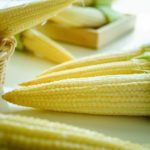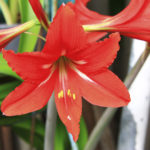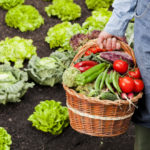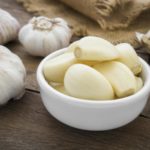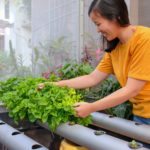How To Make Healthy Soil
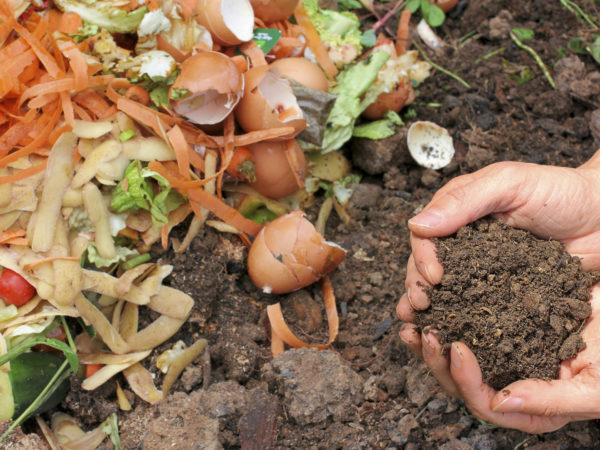
A successful organic garden is a play directed by a gardener using seeds, soil, water, weather, and knowledge to produce a bounty. Feeding the plants is only part of the production. For true sustainability and maximum flavor and nutrition, the gardener’s aim should be building a healthy soil ecosystem in which plants play a symbiotic role.
Here are some suggestions to help you create healthy soil:
- Stop using harmful chemicals. Synthetic fertilizer salts and pesticides kill the good organisms and encourage more pathogenic activity.
- Feed the soil. This means put materials in the soil that feeds the bacteria and fungus that is GOOD for your plants. Good general foods are kelp, fish emulsion, and manure (bat guano, aged cow manure, etc). Don’t put fresh manure on your plants – it will burn them.
- Healthy plants are less likely to succumb to disease, but if they do, realize there are cleaner methods of dealing with pathogens, and also realize that some problems are a sign of unhealthy soil. You can use lots of safe soaps, oils, herbal concoctions that can repel or destroy unwanted critters. You can also introduce beneficial insects like lacewings, praying mantis, or ladybugs to do the dirty work for you!
- Start a compost pile. If done right a good compost can be a great medium for hosting lots of beneficial microbes. You can try worm composting too, sometimes called vermiculture. Worm castings are among the greatest foods for plants and soil. If you cannot make your own compost, purchase good compost (it should have a deep dark brown black coffee color; if it is totally black, it probably went anaerobic and is not good).
- Use compost tea. A lot goes into compost tea but there is a simple home kit you can get relatively inexpensively that you can use to make your own. There are also some suspended compost teas you can get delivered to your home. See below for sources.
- Learn more about your plants and what they really need, especially as related to your particular climate. Know your limitations. Don’t try to grow things that will just always suffer where you live. It will always attract pathogens.
- Try beneficial insects: there are many available on the market that are specific to particular pests. There are some great generalists too. Praying mantis are great generalists, as are lacewing larvae, and several species of nematodes.
- Be careful of what some companies sell as “organic” fertilizer. Often they still put inorganic salts like sulfur or phosphorus or nitrogen. If you use kelp, get it dried (the liquid kelps often have sulfur or some other preservative). And you can make your own fish emulsion. Just take whatever you don’t eat from a fresh fish, puree in a blender with some water, and voila! Your own fish emulsion.
If you want to get a good understanding of how soils really work, and learn how to really feed your soil (and thus, your plants), there is a great book that explains it all very well, and also explains how to make really good compost and compost tea. It is concise and uses nonscientific terminology. The book is Teaming With Microbes; A Gardener’s Guide To The Soil Food Web by Jeff Lowenfels and Wayne Lewis.
By Jared R. McKinley, Guest Commentator
DrWeil.com News


